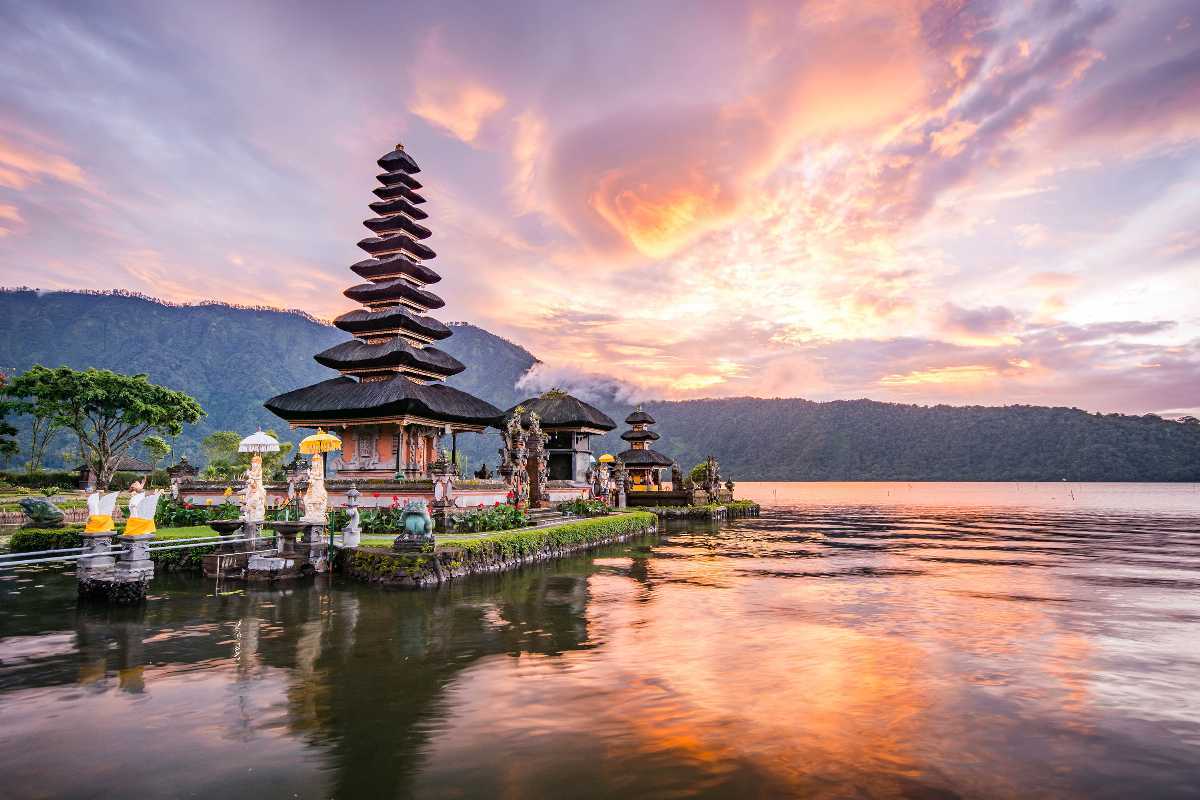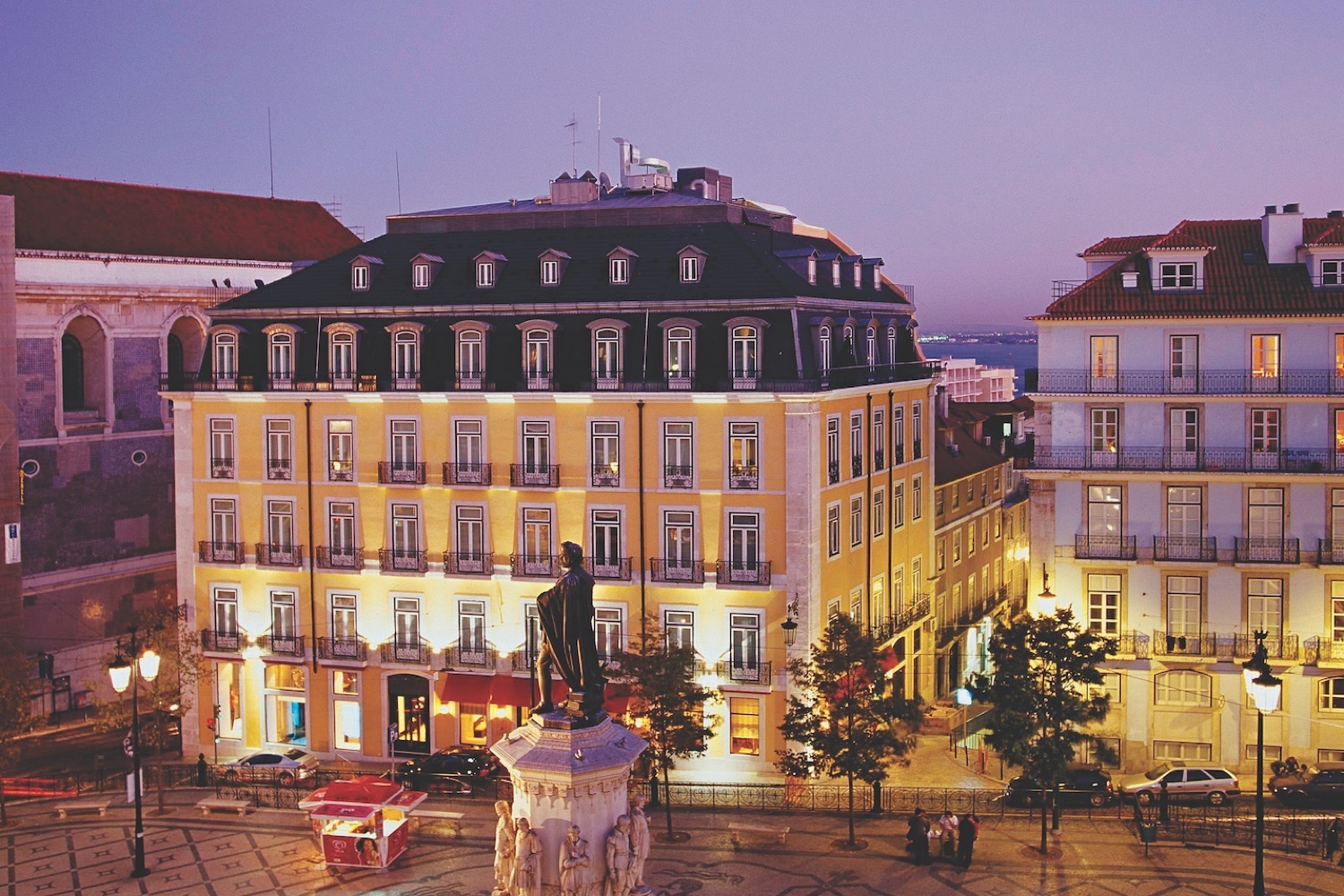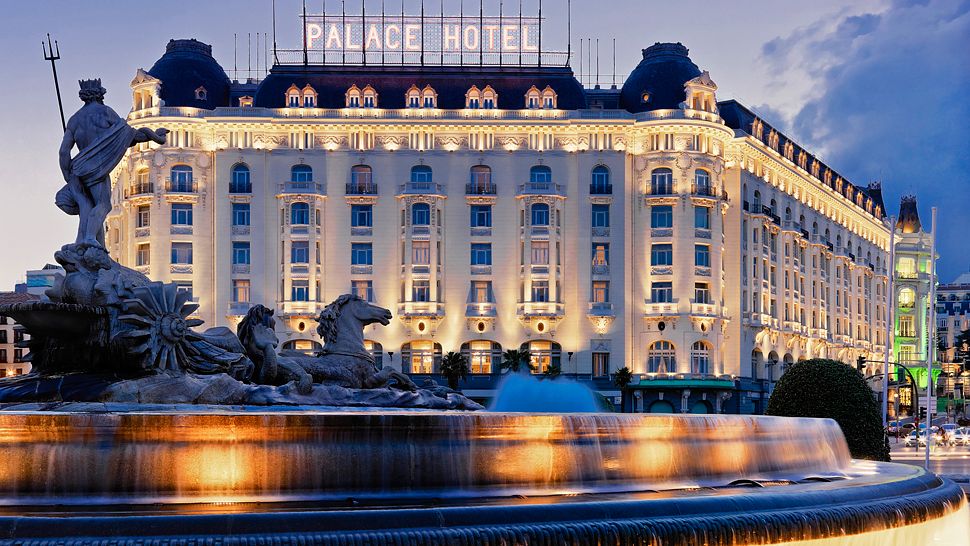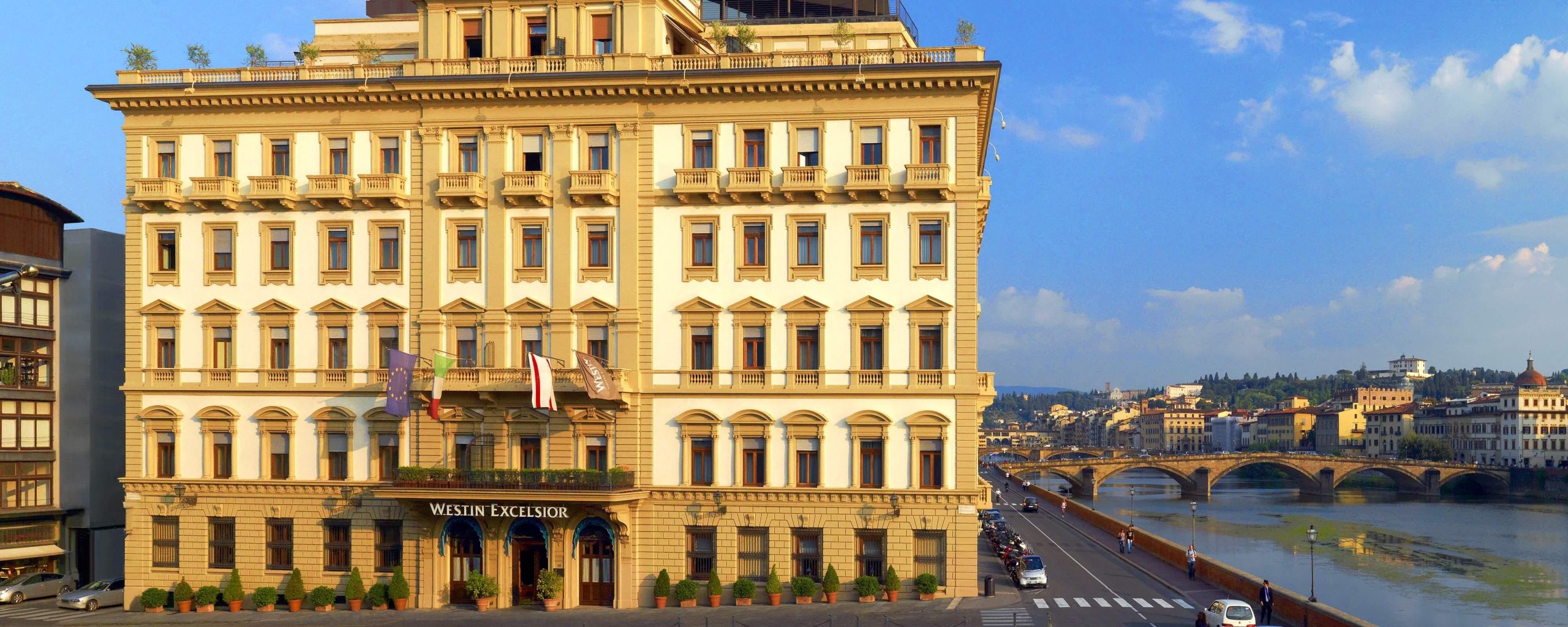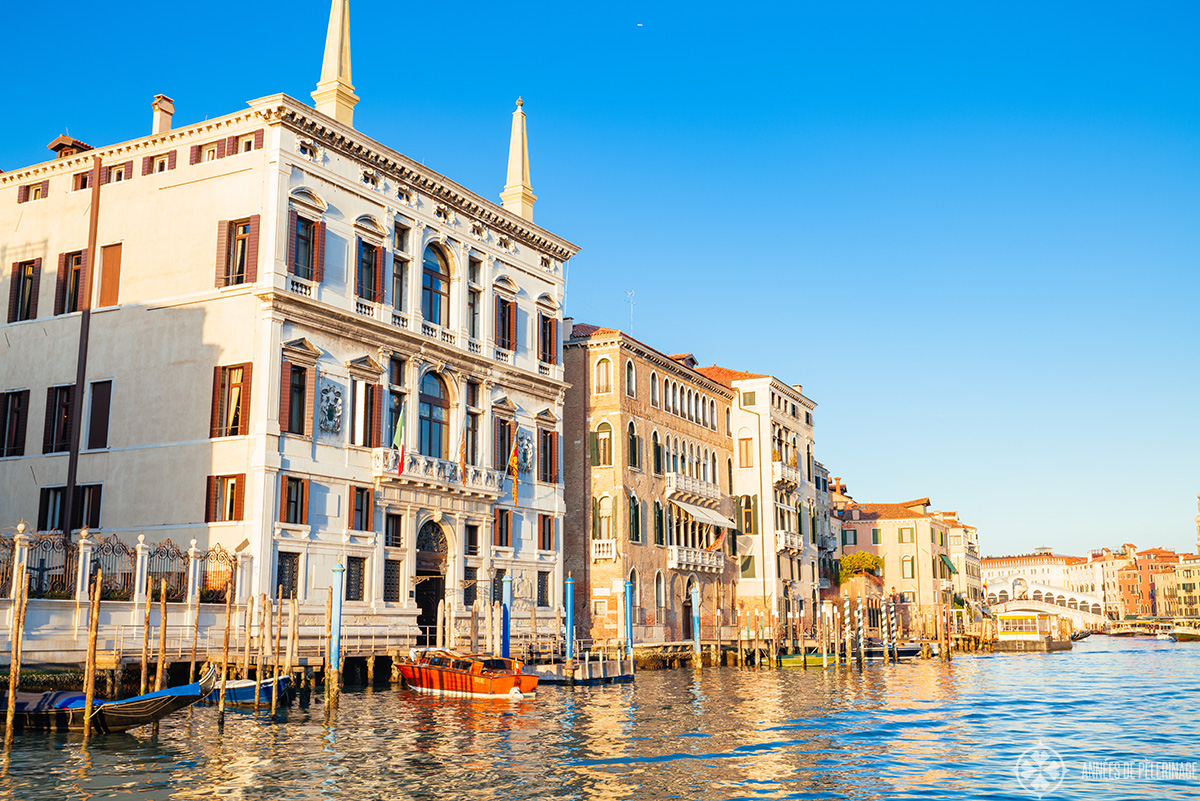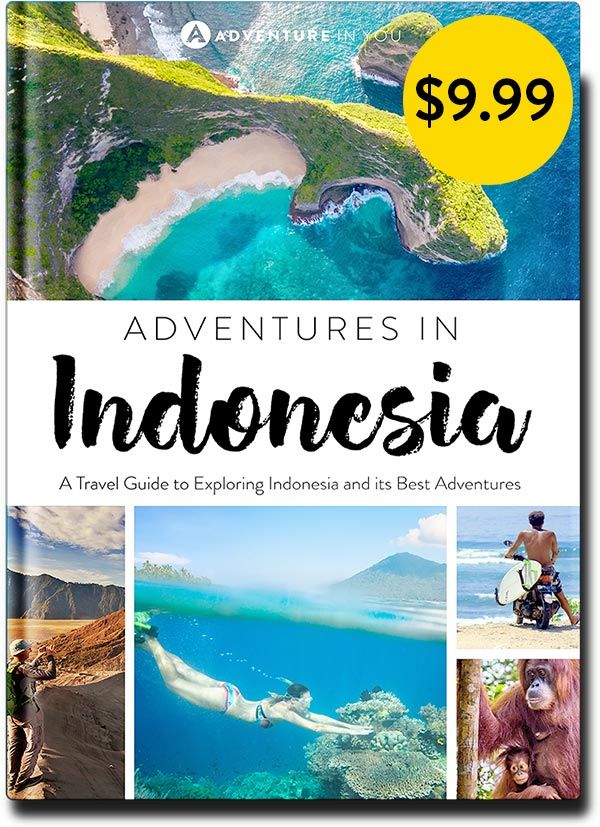
Indonesia, an archipelago nation scattered across the equator, is a land of breathtaking diversity. From the volcanic peaks of Java to the pristine beaches of Bali, the ancient temples of Borobudur to the vibrant coral reefs of Raja Ampat, Indonesia offers an unparalleled travel experience. This comprehensive guide will take you on a journey through its rich history, highlight its main attractions, provide essential travel tips, suggest the best times to visit, recommend accommodation, explore its tantalizing local cuisine, and navigate its transportation networks.
A Tapestry of Time: A Brief History of Indonesia
Indonesia’s history is a complex and fascinating narrative woven from indigenous cultures, ancient empires, colonial rule, and a hard-won independence. The archipelago has been a crossroads of trade and culture for millennia, attracting merchants and scholars from India, China, and the Middle East.
Related Articles about Indonesia: A Journey Through the Archipelago of Wonders:
- Japan: An Odyssey Through Timeless Traditions and Modern Wonders
- Japan: A Tapestry of Tradition and Tomorrow – Your Ultimate Guide to Unforgettable Experiences
- Unveiling the Charms of France: A Guide to the Best Tourist Attractions
- Japan: A Journey Through Tradition, Innovation, and Unforgettable Experiences
- A Journey Through Time and Taste: Your Ultimate Guide to Italy
The arrival of Hinduism and Buddhism in the early centuries CE brought about the rise of powerful kingdoms like Srivijaya and Majapahit, which controlled vast maritime trade routes and left behind magnificent architectural marvels like Borobudur and Prambanan. Islam gradually spread through trade and Sufi mysticism, becoming the dominant religion by the 16th century.
The allure of Indonesia’s rich spice trade attracted European powers, leading to centuries of colonial domination. The Portuguese, Spanish, Dutch, and finally the British vied for control, with the Dutch East India Company eventually establishing a vast colonial empire. The struggle for independence was a long and arduous one, culminating in the declaration of independence on August 17, 1945, after World War II. The subsequent years saw periods of political upheaval and economic development, leading to the Indonesia we know today – a vibrant democracy and a nation proud of its cultural heritage.
Unveiling the Gems: Main Attractions of Indonesia
Indonesia’s sheer size and diversity mean that a single visit can only scratch the surface. However, certain destinations stand out for their iconic beauty and unique experiences:
- Bali: The Island of the Gods: Undoubtedly Indonesia’s most famous destination, Bali is a tropical paradise renowned for its spiritual ambiance, lush rice terraces, volcanic mountains, and vibrant Hindu culture.
- Must-sees: Ubud (cultural heartland with rice paddies and yoga retreats), Tanah Lot Temple (iconic sea temple), Uluwatu Temple (cliffside temple with stunning ocean views and Kecak dance performances), Seminyak and Canggu (trendy beach towns with surfing, cafes, and nightlife), Mount Batur (for sunrise volcano treks).
- Java: The Cultural and Historical Epicenter: Home to over half of Indonesia’s population, Java is a dynamic island boasting ancient temples, bustling cities, and dramatic volcanic landscapes.
- Must-sees: Borobudur Temple (world’s largest Buddhist temple, a UNESCO World Heritage site), Prambanan Temple (magnificent Hindu temple complex), Yogyakarta (cultural capital with traditional arts, batik, and a Sultan’s palace), Mount Bromo (iconic active volcano with surreal sunrise views), Ijen Crater (known for its blue fire and acidic lake).
- Lombok: Bali’s Quieter Neighbor: Offering a more laid-back vibe than Bali, Lombok boasts pristine beaches, the majestic Mount Rinjani, and the charming Gili Islands.
- Must-sees: Gili Islands (Trawangan, Meno, and Air – car-free paradises for snorkeling, diving, and relaxation), Mount Rinjani National Park (for challenging treks to Indonesia’s second-highest volcano), Kuta Lombok (beautiful beaches and surf spots).
- Komodo National Park: Land of Dragons: This UNESCO World Heritage site is the only place in the world where you can see the magnificent Komodo dragon in its natural habitat.
- Must-sees: Rinca Island and Komodo Island (for guided dragon spotting tours), Padar Island (for panoramic views of colorful beaches), Pink Beach (unique coral sand beach), Manta Point (for snorkeling with majestic manta rays).
- Sumatra: Wild Nature and Orangutans: Sumatra is an island of incredible biodiversity, home to lush rainforests, volcanic lakes, and unique wildlife.
- Must-sees: Bukit Lawang (gateway to Gunung Leuser National Park, for orangutan trekking), Lake Toba (world’s largest volcanic lake), Harau Valley (dramatic cliffs and waterfalls).
- Raja Ampat: The Coral Triangle’s Crown Jewel: For avid divers and snorkelers, Raja Ampat is an unparalleled underwater paradise, boasting the highest marine biodiversity on Earth.
- Must-sees: Dive and snorkel sites around the Four Kings (Misool, Salawati, Batanta, Waigeo), explore vibrant coral gardens, and encounter an astonishing array of marine life.
Navigating the Archipelago: Essential Travel Tips
Indonesia is a vast country with diverse cultures and a developing infrastructure. Here are some tips to make your journey smoother:
- Visa Requirements: Check the visa regulations for your nationality well in advance. Many nationalities can obtain a visa on arrival, while others require an e-visa or an in-person application.
- Currency: The Indonesian Rupiah (IDR) is the official currency. ATMs are widely available in major cities and tourist areas. Credit cards are accepted in larger hotels, restaurants, and shops, but carrying cash is essential for smaller establishments and local markets.
- Language: Bahasa Indonesia is the official language. English is spoken in tourist areas, but learning a few basic Indonesian phrases will be greatly appreciated by locals.
- Health and Safety:
- Vaccinations: Consult your doctor about recommended vaccinations for Indonesia.
- Mosquitoes: Dengue fever and malaria are present in some areas. Use insect repellent and wear protective clothing.
- Water: Drink only bottled or purified water. Avoid ice in drinks if you’re unsure of the water source.
- Food: Be cautious with street food, especially in less developed areas. Stick to busy stalls with good hygiene practices.
- Sun Protection: The tropical sun is intense. Use sunscreen, wear a hat, and stay hydrated.
- Respect Local Customs: Dress modestly when visiting religious sites. Be mindful of local customs and traditions.
- Bargaining: Bargaining is common in markets and with local transport. Do so politely and with a smile.
- Connectivity: Wi-Fi is available in most hotels and cafes. Consider purchasing a local SIM card for affordable data access.
- Tipping: Tipping is not mandatory but is appreciated for good service. A small amount for hotel staff, drivers, and restaurant servers is customary.
When to Explore: Best Time to Visit
Indonesia’s climate is tropical, with two main seasons:
- Dry Season (April to September): This is generally the most popular time to visit, offering sunny days, lower humidity, and less rainfall. It’s ideal for beach activities, trekking, and exploring cultural sites.
- Peak Season: July and August are the busiest months, especially in Bali.
- Wet Season (October to March): Characterized by higher humidity and more frequent, often short-lived, rain showers. While some activities might be affected, the landscape is lush and green, and prices can be lower.
- Christmas and New Year: Can experience increased rainfall but also festive celebrations.
Considerations for specific regions:
- Bali: Dry season is ideal for most activities.
- Java: Dry season is best for volcano trekking and temple visits.
- Raja Ampat: The best diving conditions are generally from October to April, with calmer seas.
Rest and Recharge: Nearby Hotels
Indonesia offers a vast range of accommodation, from budget guesthouses to luxurious resorts. Here are some suggestions based on popular destinations:
- Bali:
- Luxury: The Ritz-Carlton, Bali (Nusa Dua), Four Seasons Resort Bali at Sayan (Ubud), Mulia Resort & Villas Nusa Dua.
- Mid-Range: The Udaya Resorts & Spa (Ubud), Hotel Indigo Bali Seminyak Beach, Radisson Blu Bali Uluwatu.
- Budget: Numerous homestays and guesthouses in Ubud, Canggu, and Kuta.
- Yogyakarta (Java):
- Luxury: The Phoenix Hotel Yogyakarta – MGallery, Hyatt Regency Yogyakarta.
- Mid-Range: The Phoenix Hotel Yogyakarta – MGallery, Greenhost Boutique Hotel.
- Budget: Many guesthouses and hostels near Malioboro Street.
- Gili Islands (Lombok):
- Luxury: The Trawangan Resort, Karma Reef.
- Mid-Range: Pondok Santi Estate, Scallywags Resort.
- Budget: Countless beachfront bungalows and guesthouses.
- Komodo National Park:
- Liveaboard Boats: The best way to experience the park, offering comfortable accommodation and access to prime diving/snorkeling spots.
- Labuan Bajo (mainland): AYANA Komodo Waecicu Beach Resort, Sudamala Resort, Seraya.
A Culinary Adventure: Local Food
Indonesian cuisine is a vibrant fusion of flavors, spices, and textures, influenced by centuries of cultural exchange. Get ready to tantalize your taste buds:
- Nasi Goreng: Indonesia’s national dish, a flavorful fried rice often served with a fried egg, chicken, or shrimp.
- Mie Goreng: Similar to nasi goreng, but made with fried noodles.
- Satay: Skewered and grilled meat (chicken, beef, lamb) marinated in spices and served with peanut sauce.
- Gado-Gado: A vegetarian salad of blanched vegetables, tofu, tempeh, and hard-boiled eggs, dressed with a rich peanut sauce.
- Rendang: A slow-cooked, intensely flavored beef curry, often considered one of the world’s most delicious dishes.
- Nasi Padang: A Minangkabau specialty where a variety of small dishes are served alongside rice, allowing you to choose what you want to eat.
- Soto: A flavorful soup, with variations like Soto Ayam (chicken) and Soto Betawi (beef broth with coconut milk).
- Tempeh: A fermented soybean cake, a staple protein source, often fried or used in stews.
- Sambal: A spicy chili paste, a condiment that accompanies almost every Indonesian meal. There are countless varieties.
- Bakso: Indonesian meatballs, typically served in a clear broth with noodles and vegetables.
Getting Around: Transportation Options
Indonesia’s vastness necessitates understanding its diverse transportation network:
- Air Travel: For inter-island travel, flying is the most efficient option. Major airlines like Garuda Indonesia, Lion Air, and Citilink operate extensive domestic routes.
- Ferries: A popular and scenic way to travel between islands, especially for shorter distances. Pelni is the national ferry operator, offering various routes.
- Buses: A common and affordable way to travel within islands. Services range from local buses to more comfortable executive coaches.
- Trains: Primarily available on Java and Sumatra, trains offer a comfortable and scenic way to travel between cities.
- Taxis: Metered taxis are readily available in major cities. Ensure the meter is used or agree on a price beforehand. Ride-sharing apps like Gojek and Grab are also very popular and convenient.
- Online Ride-Hailing (Gojek & Grab): These super-apps offer motorcycle taxis (ojek) and car services, which are incredibly convenient and affordable for getting around cities. They also offer food delivery and other services.
- Scooter/Motorbike Rental: A popular way to explore smaller towns and islands. Ensure you have the appropriate license and wear a helmet.
- Car Rental: Available in major cities and tourist areas, but driving in Indonesia can be chaotic. Hiring a driver is often a more relaxing option.
- Local Transport: In smaller towns and villages, you might encounter local transport like becak (pedicabs) or ojek (motorcycle taxis).
Indonesia is more than just a destination; it’s an experience that will awaken your senses and leave you with memories to cherish. From its ancient spiritual sites to its breathtaking natural wonders, its vibrant culture to its delicious cuisine, the archipelago of Indonesia beckons you to embark on an unforgettable journey. Prepare to be captivated by its warmth, its beauty, and its enduring spirit. Selamat jalan! (Have a good trip!)
